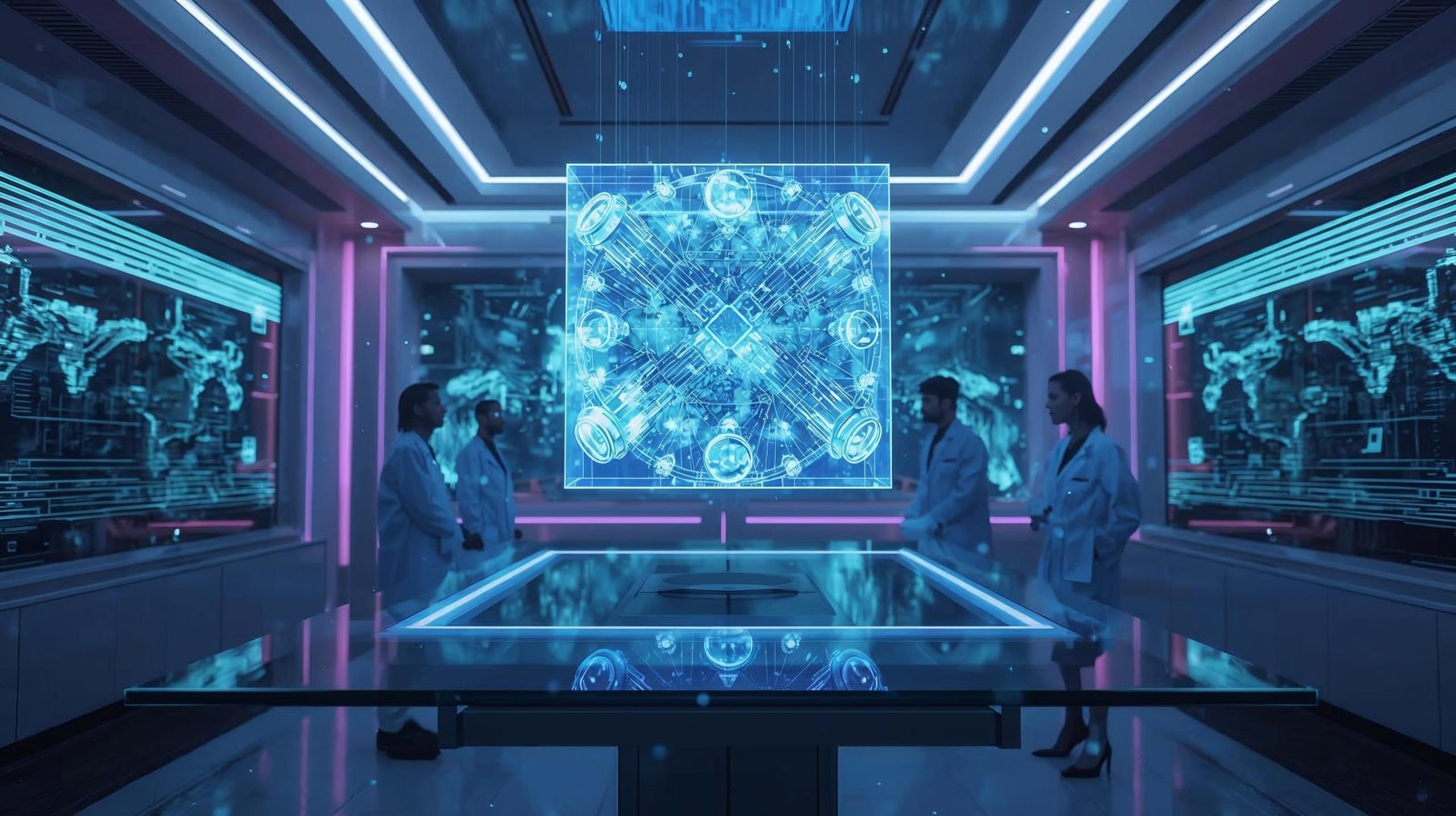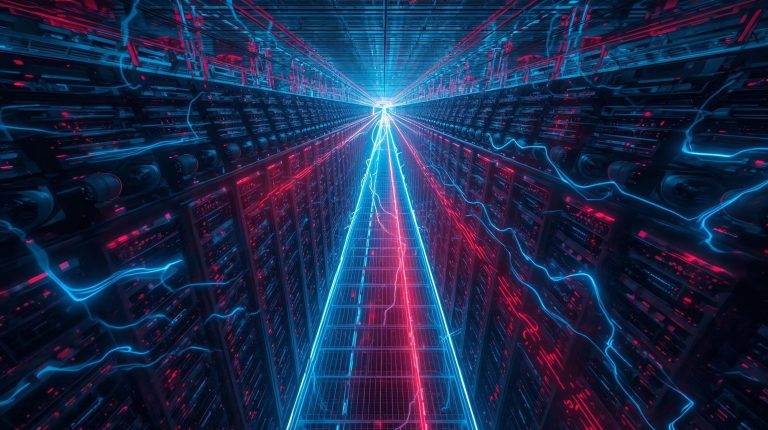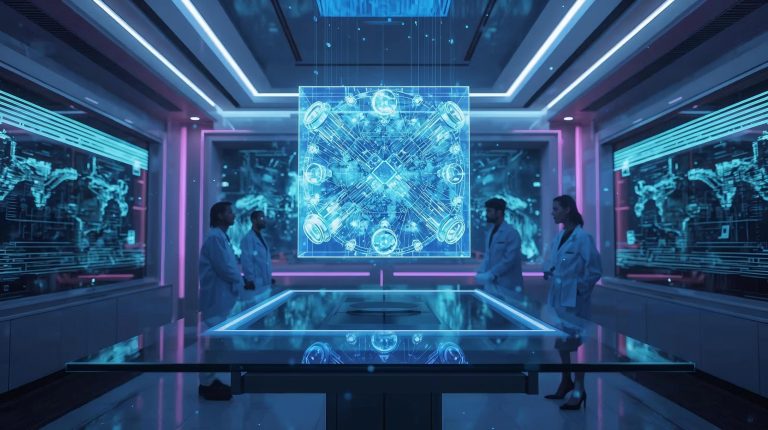
Researchers explore the future of quantum computing through holographic simulations and digital quantum circuits.
In 1981, a young Richard Feynman stood before a room of computer scientists and issued a challenge: if we wanted to truly understand nature, we’d need computers that followed nature’s own rules. That idea, bold, almost poetic, became the seed of quantum computing.
Four decades later, it’s no longer a theoretical dream. It’s a quiet revolution taking shape inside vacuum-sealed chambers, where machines hum not in bits of 0s and 1s, but in whispers of probability and uncertainty.
So what is quantum computing, really, and why does it matter now?
Beyond Ones and Zeros
Traditional computers, from your laptop to the fastest supercomputer, speak a binary language: every piece of data is stored as a 0 or a 1. Quantum computers replace those binary bits with something stranger, qubits.
A qubit can be 0, 1, or both at the same time, thanks to a quantum property called superposition.
Imagine tossing a coin. Until it lands, it’s both heads and tails, suspended in possibility. Now imagine a computer built entirely from such “coins,” each influencing the others in complex, almost choreographed ways.
That’s quantum computation: a dance of probabilities where information isn’t locked into zeros or ones until measured.
This property allows quantum computers to process information in a fundamentally parallel way. Where a classical computer would test one solution after another, a quantum system can evaluate many possibilities at once, vastly speeding up certain kinds of problem-solving.
The Hidden Engine: Entanglement and Interference
Superposition gives qubits their flexibility, but entanglement gives them their power. When qubits become entangled, a change to one instantly affects the other, no matter how far apart they are.
This isn’t science fiction; it’s experimentally proven physics. Entanglement allows quantum computers to handle interconnected information in ways classical machines can’t mimic.
Then there’s quantum interference, the principle that lets helpful answers reinforce each other while wrong ones cancel out. Taken together, these effects function almost like an orchestra tuning itself, thousands of notes resonating, colliding, and harmonizing until only the right chord remains.
Why It Matters
For now, today’s quantum computers are still prototypes — fragile, expensive, and easily disrupted by background noise or heat. Yet even in this infancy, their potential is vast.
- In pharmaceutical research, they could simulate molecules so precisely that designing new drugs might take days instead of years.
- In climate modeling, they could process the chaotic variables of weather systems too complex for even the best supercomputers.
- In cryptography, they might both crack and secure the digital locks that guard global communication.
And that duality is part of what makes quantum computing so consequential. Like nuclear power or artificial intelligence, its future hinges not just on innovation, but on governance and intent.
The Challenge Ahead
The race is on among companies like IBM, Google, and startups such as IonQ and PsiQuantum to build the first practical quantum machine. But it’s not only a race to scale qubits. It’s a quest for stability, error correction, and real-world usefulness.
Quantum computers today often produce noisy results. Making sense of that noise requires intricate calibration, massive cooling systems, and algorithms that bridge the gap between quantum and classical models.
It’s less about replacing today’s computers and more about expanding what’s possible. In the future, quantum systems may work alongside classical ones, tackling only the problems best suited to their unique strengths, much like a Formula One engine used for the laps where speed matters most.
The So What
Quantum computing isn’t magic, but it’s as close as science gets to rewriting the limits of knowledge. It forces us to rethink not only how computers calculate, but how we define information itself, not as certainty, but as possibility.
When it all comes into focus, perhaps the biggest shift won’t be about faster machines. It’ll be a new way of thinking: one where the answers we seek may already exist in the space between 0 and 1, waiting for us to measure them.



